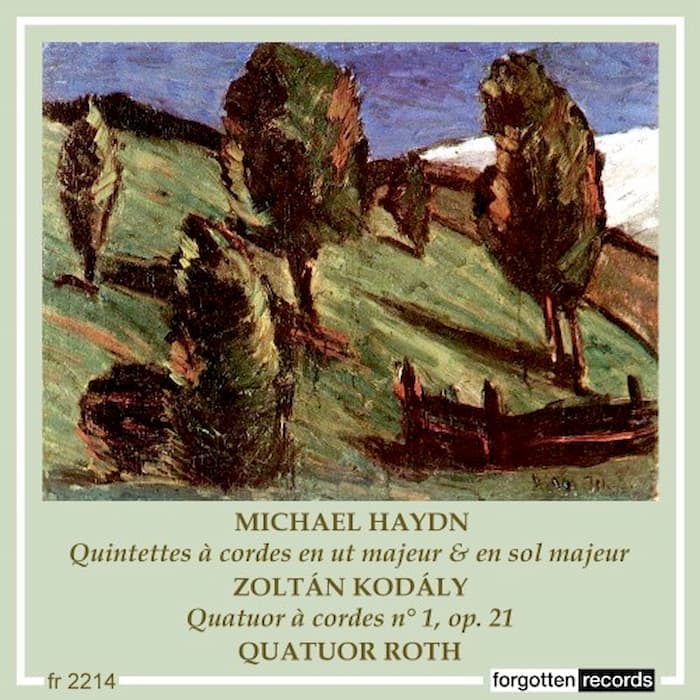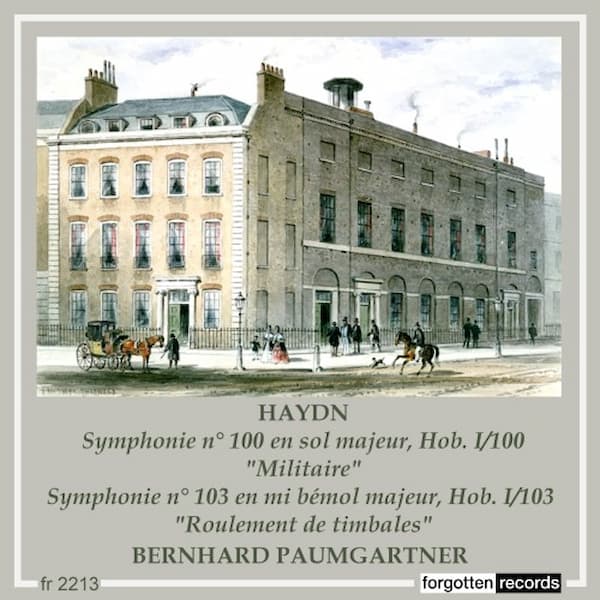Norwegian-born Johann Svendsen (1840–1911) spent the majority of his life in Norway, teaching in Denmark. His father, a music teacher and bandmaster, taught him violin and clarinet, and other wind instruments, and by age 9 he was playing in local dance orchestras. At age 11, he was composing dances and marches, two of which later made it into print. Although he started as a clarinetist in the army, when he joined the Norwegian Theatre orchestra, it was on the violin.
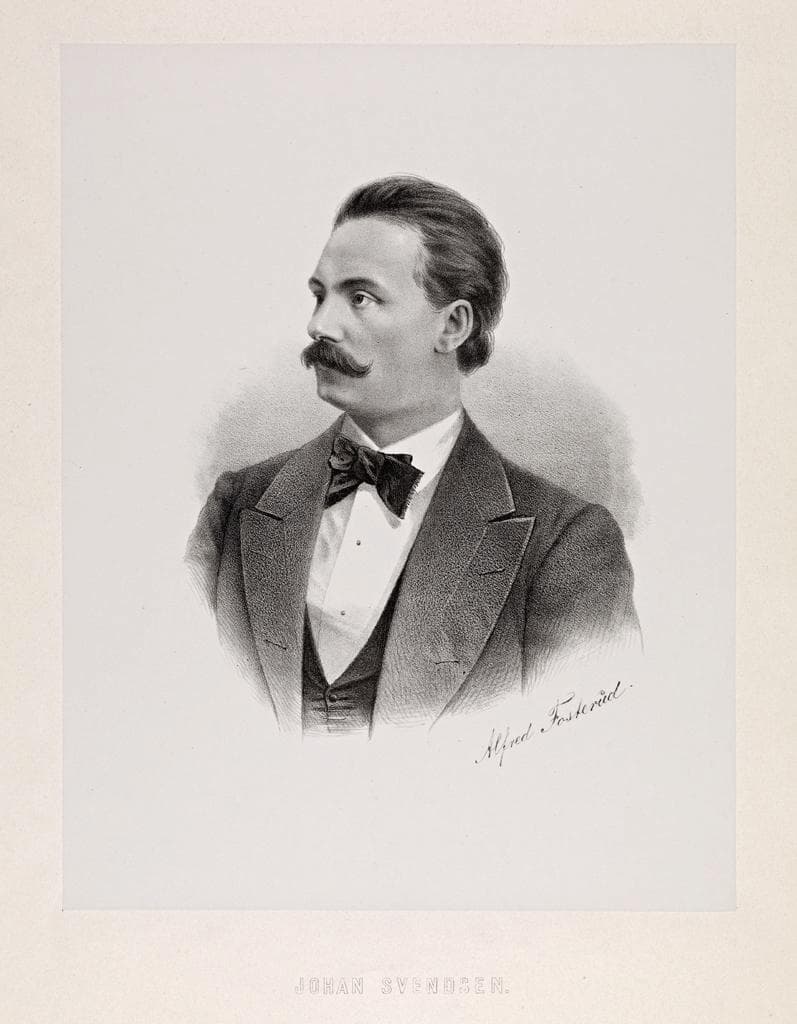
Johann Svendsen (National Library)
It wasn’t until 1857 that he played standard symphonic music when he was first violinist in a series of subscription concerts. The music of Beethoven impressed him most. After traveling around Sweden and Denmark and then north Germany as a violinist, he went on to attend the Leipzig Conservatory in 1863 with the support of the government.

Johann Svendsen
He started his studies intending to be a solo violinist but after a year, changed to major in composition. A hand problem stopped his violin playing, and he was asked to help Ferdinand David as conductor of the conservatory orchestra. His success as a conductor and the success of his Op. 1 string quartet changed his career on the spot. After graduation, he travelled around Norway, and in 1868, he was in Paris where his String Quartet and Quintet were performed. In an early performance of Grieg’s Second Violin Sonata (which was dedicated to him) in Paris, Saint-Saëns was his accompanist.
In 1860, he founded a small orchestra, the Norwegian Music Society, and when he returned to Norway in 1872, he became joint conductor with Grieg of the orchestra. Grieg had only praise for Svendsen, who called him brilliant.
He left the Music Society in 1877 and went to Leipzig, Rome (uninteresting), and London, where he met Sarasate. Sarasate lent him his Paris apartment, and in autumn 1878, Svendsen moved there and finally found the musical environment he’d been looking for. There was new music, old friends, and new performances to arrange. It was in Paris that he wrote his Romance, Op. 26, which has become the only work of Svendsen’s to stand the test of time. It was one of the last compositions he wrote before taking up conducting and teaching full-time.
In the 1882–82 season, he led the first performances in Norway of Beethoven’s 9th Symphony, and in October 1882, he conducted two concerts of his own works in Copenhagen that led to the offer of the conductor position at the Royal Opera. He was appointed in 1883 and only retired in 1903. There was some resentment about a Norwegian conducting the Danish Royal Opera, but he soon won his critics over. Along with his duties at the Royal Opera, he also conducted in Vienna, Moscow, London, Brussels, Helsinki, and elsewhere.
To return to his Romance. He is reputed to have written it in just two days, and it impressed his publisher so much that he paid a lump sum for the composition. This was definitely not to Svendsen’s advantage because the composition turned out to be a hit and is still performed today. However, his career as a conductor more than made up for this loss.
The work is in two sections, opening with an idyll in G major, languid and flowing, and a contrasting middle section in G minor. The agitation of the middle section sets off the opening section beautifully.
Johann Svendsen: Romance for violin and orchestra in G major, Op. 26
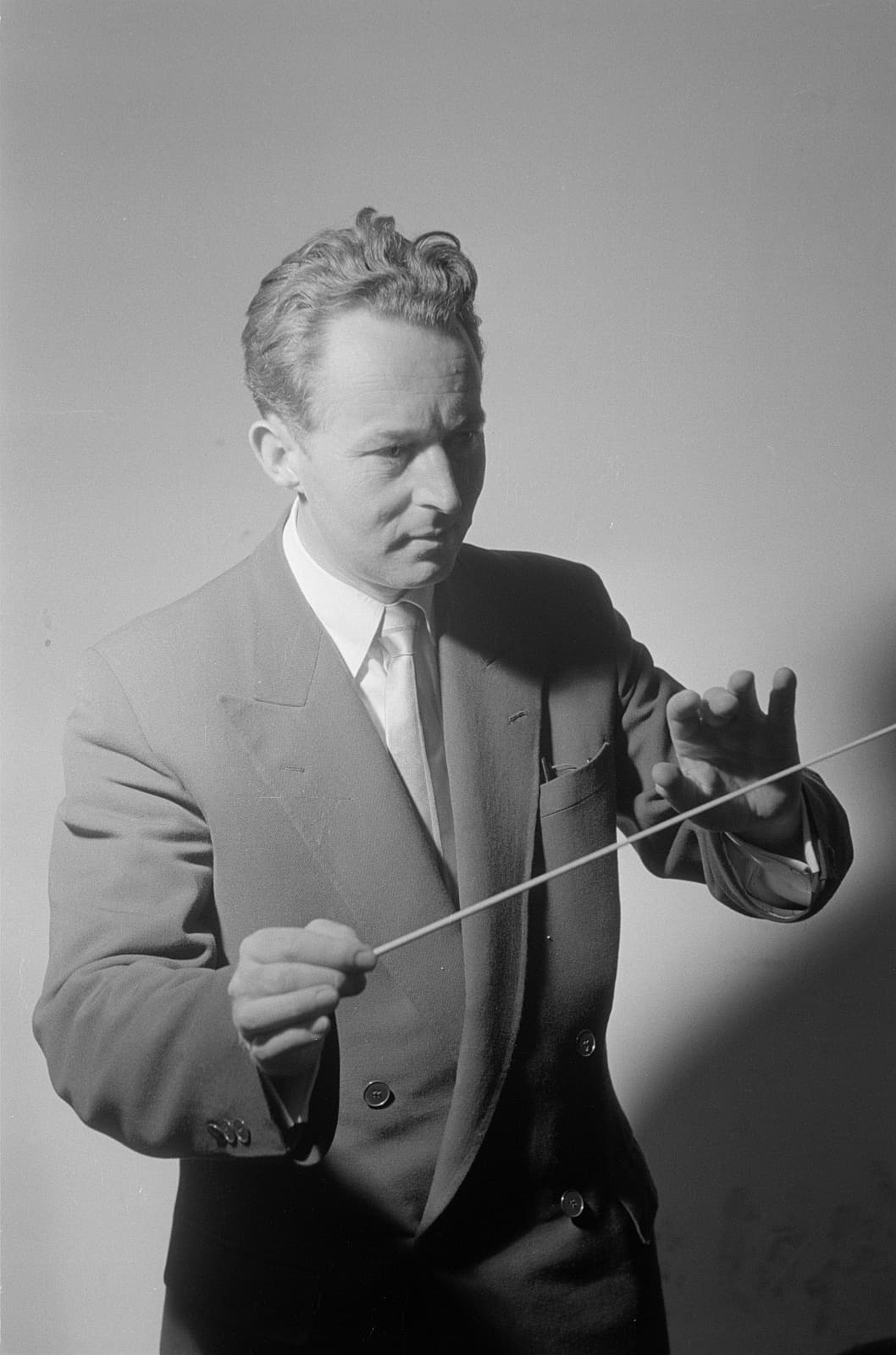
Adolf Fritz Guhl
This 1954 performance by Ferdinand Meisel as violin soloist is with the Berlin Symphonic Orchestra (The Berlin Philharmonic) directed by Adolf Fritz Guhl. Guhl (1917–1977) was a German organist and conductor who studied in Berlin. After WWII, he became the conductor of the Berlin Municipal Orchestra and, from 1948–1951, was artistic director of the Klindworth-Scharwenka Conservatory. In 1949, he was appointed conductor for the Berlin Radio Symphony Orchestra and taught at the Berlin Conservatory. In 1962, he was appointed chief conductor of the Leipzig Radio Symphony Orchestra, one of the oldest radio orchestras in the world.
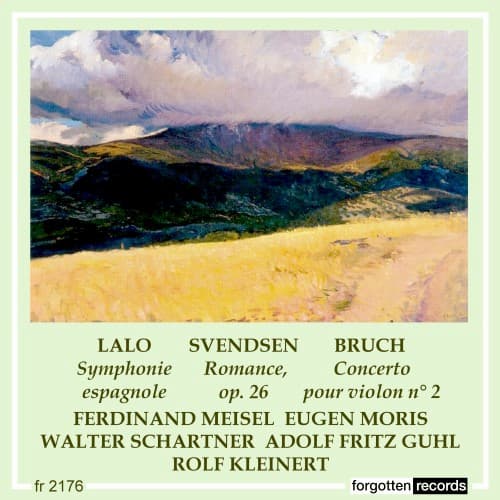
Performed by
Ferdinand Meisel
Adolf Fritz Guhl
Orchestre Symphonique de Berlin
Recorded in 1954
Official Website
For more of the best in classical music, sign up for our E-Newsletter

